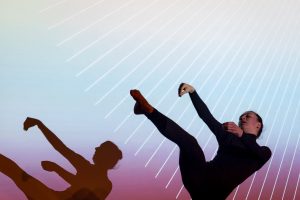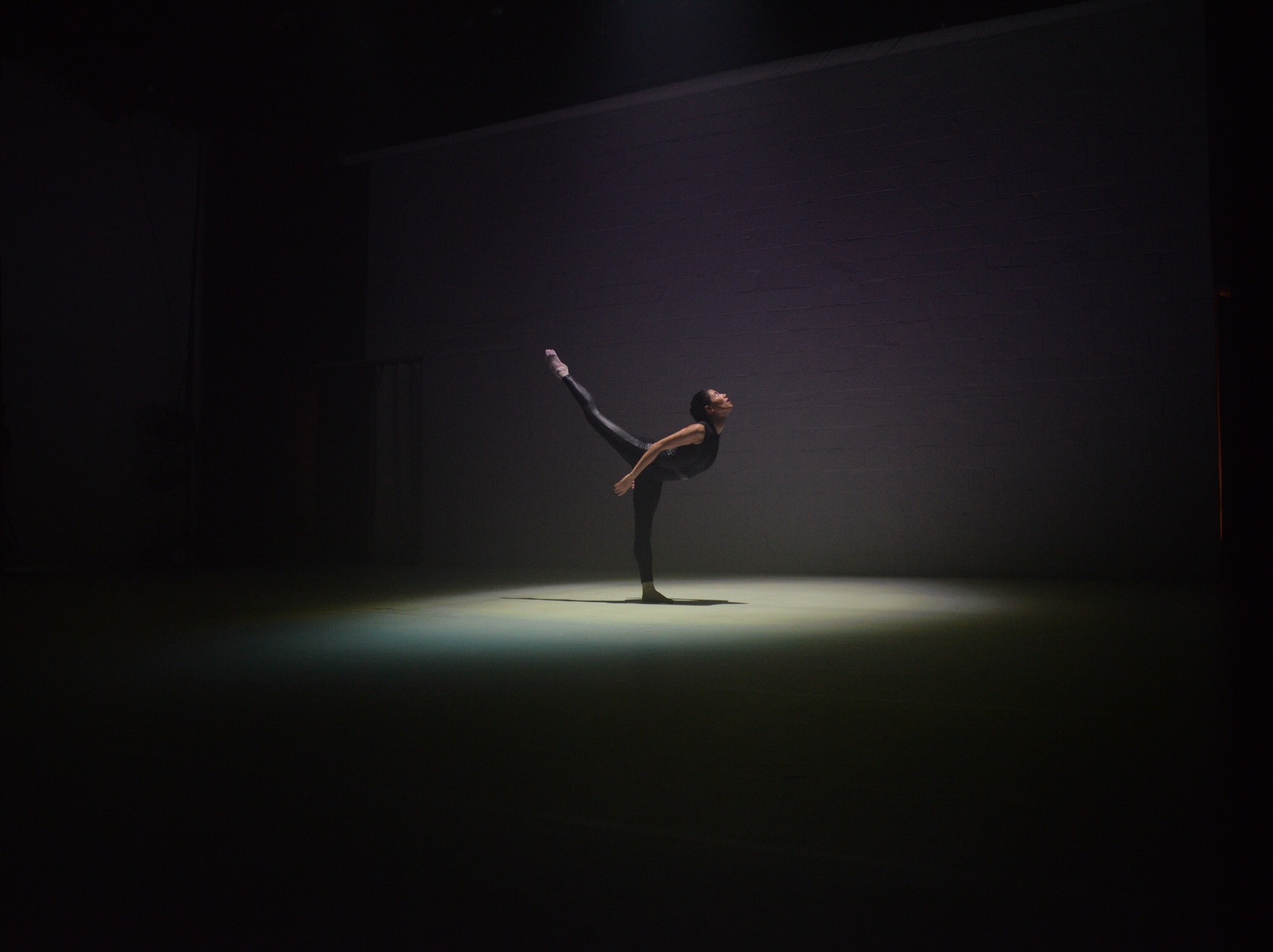In a world increasingly riddled with technological advances to mitigate everyday challenges, technology and human interaction have become increasingly intertwined. The intersection of reality and abstraction is one that fascinates Sarah J. Ewing, an Australian-born and DC-based dancer, choreographer, and company director.
This weekend Sarah and her company, S. J. Ewing & Dancers, take the stage with Analog II, a further development of Analog an earlier piece which premiered at Dance Place in 2016. Analog II delves deeper into the coexistence of technology and human experience and how each affects the other. The piece is complete with projections and interactive digital elements to further examine the convergence of real and digital life.
We had the opportunity to chat with Sarah Ewing to discuss her new work and it’s choreographic evolution over the past few years.
 Tell me a little bit about the inspiration behind your piece, Analog. How does the concept of coding and software extend beyond the technical booth and into the choreography on stage?
Tell me a little bit about the inspiration behind your piece, Analog. How does the concept of coding and software extend beyond the technical booth and into the choreography on stage?
SJE: Conceptually – it is the same creative process for me – for coding and choreography. I have an idea about a work I would like to make, or an app I would like to build, and then I back track and envision all the sections and parts that need to be created and structured to support the end result. The actual process of building dance and apps is different of course. I collaborate with the dancers on each show I make – so we are building the choreography together. Analog II has two projection designers; Jonathan Hsu who created the recorded content, and Dylan Uremovich who is creating the interactive sections. Working and communicating with them through the whole process has been wonderful – hearing their ideas and processes always feeds back in to what the dancers and I are creating.
How does the use of projections affect the audience? How does it affect the dancers and your choreographic process?
SJE: Thinking about how the dancers, the music, and the projections will work together forces me to constantly step back and think about how each section fits into the over all work, and how the end result will look and feel. Each element has significant abilities in performance, and working out ways these elements can compliment and work with each other is my focus. Jonathan, Dylan and I talked constantly throughout the process about how ideas could be presented in both art forms in ways that would strengthen the work.
What do you hope the audience takes away from your work?
SJE: I want them to see how human movement and technology, can create one unique, and quite beautiful, thing. There isn’t a story or narrative for them to ‘get’, but there is a willingness to see abstraction and reality sharing the same space, and be equal players in the creation of that space.
 Did you encounter any challenges during the creation of Analog and how did you go about overcoming these obstacles?
Did you encounter any challenges during the creation of Analog and how did you go about overcoming these obstacles?
SJE: It was a bit of a challenge to create work for a theater again, as the last few venues we used were parking lots, train stations and nightclubs – it is quite a shift to come back to full stage lights and risers! This took me a while to get my head around; the limited and specific ways that the audience is able to view the show really drove the creation of the pieces. However, for Analog II, we have an amazing theater with great site lines for everyone. I spent a lot of time early in the creative process thinking about what I want to see in the theater and how to really take advantage of the great production abilities Dance Place can provide. In a sense, theaters are site-specific as well – each theater is different and works can be made and structured to accommodate a particular theater to aid in the audience experience. Knowing that the full audience would be able to see the sides, back, and floor of the stage opened up a lot of options for how and where dancers could perform and which projections would have the most impact on the performance.
The work you are are presenting this weekend is positioned as a “final and fully realized development of the Analog project”. How did the project evolve over time? How did this process allow for personal and group-oriented discovery?
SJE: It got more emotional – and also more focused on the interaction between the dancers with each other, as well as the technology. I know I got braver in the content the dancers and I worked on, which has been a great process for us to go through together. We have added color for the first time to the projections – and really investigated how the use of pre-recorded versus interactive content in the projections for different sections best supports the work.
How does this work contribute to your broader mission as an artist? Choreographically, do you have any ideas of what is to come in the future?
SJE: The space between abstraction and reality fascinates me – and right now – using dance and technology together helps me look at that. I don’t think dance can be fully abstract – dancers are humans first and I don’t think you can void that from their performance. Performance isn’t quite reality though – it is, in the sense that it is happening now in front of us – but it is a constructed and guided way of experiencing something which pulls it away from being reality. I think technology is a little of both also – it is our reality now in daily life, but it is created via a very abstract language, even if the result can feel very human. I am sure I will stay with technology for a while in my works – but that pinpoint where reality and abstraction meet is the place I am hunting for over all in my work.
Sarah Ewing’s passion for technology and software converge with her passion for choreography and artistry in Analog II. Examine a world in which technology and choreography exist simultaneously and rely on one another symbiotically. To what extent does technology control the human experience and to what extent does the human experience dictate technological innovation? S.J. Ewing & Dancers performs this weekend at Dance Place to engage that question. Immerse yourself in the intersection of reality and abstraction Saturday at 8pm and Sunday at 7pm.

